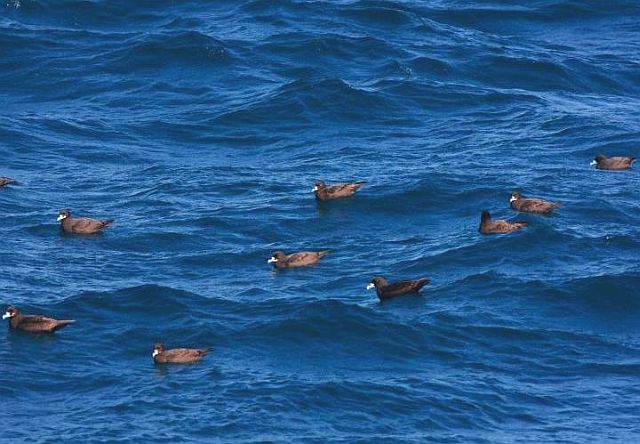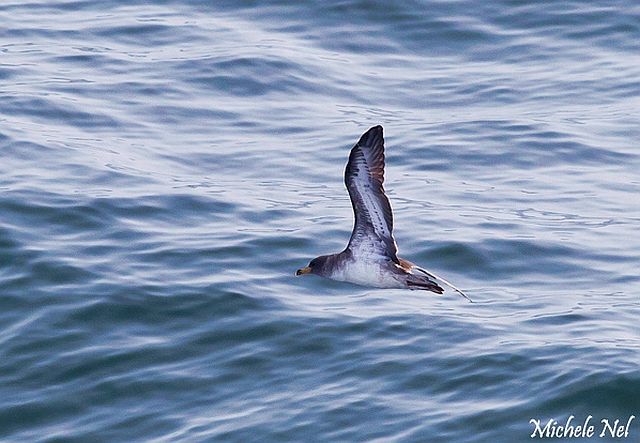Great-winged Petrel
Posted: Tue May 22, 2012 9:50 am
023. Great-winged Petrel Pterodroma macroptera (Langvlerkstormvoël)
Order: Procellariiformes. Family: Procellariidae
Description
Length 40-41 cm. Wingspan 97 cm.
An all dark petrel with silvery flashes in outer flight feathers in good light. The bird is completely dark brown except for a variable patch of white near the base of the bill. Long-winged and thick-necked with a large, dark bill. The short and stout legs and feet are black. Iris brown.
Juvenile: as adult but with more distinct grey face patch.
Similar species: Differs from similarly sized Sooty Shearwater by having a dark, not silvery underwing. Told from the much larger White-chinned Petrel by its short, black (not long, pale) bill.
Distribution
In a band between the Tropic of Capricorn to the Antarctic circle from central South Atlantic to Australia. Breeds on sub-Antarctic islands and islands off New Zealand and south-west Australia, after which it disperse across southern oceans from 20-48° South. It is common in across southern African waters, although more scarce off Mozambique and northern Namibia.
Habitat
Pelagic.
Movements and migrations
Breeds in winter from about February and August, while present in southern African waters from September-May, with numbers peaking from November-March.
Diet
It mainly eats squid, supplemented with crustaceans, carrion, tunicates and fish, doing most of its foraging at night, grabbing prey from the water surface.
Breeding
April onwards. Solitary or in loose colonies. Single egg incubated for 53-55 days. Chicks fledge after 108-128 days.
Status
Common visitor offshore.
Order: Procellariiformes. Family: Procellariidae
Description
Length 40-41 cm. Wingspan 97 cm.
An all dark petrel with silvery flashes in outer flight feathers in good light. The bird is completely dark brown except for a variable patch of white near the base of the bill. Long-winged and thick-necked with a large, dark bill. The short and stout legs and feet are black. Iris brown.
Juvenile: as adult but with more distinct grey face patch.
Similar species: Differs from similarly sized Sooty Shearwater by having a dark, not silvery underwing. Told from the much larger White-chinned Petrel by its short, black (not long, pale) bill.
Distribution
In a band between the Tropic of Capricorn to the Antarctic circle from central South Atlantic to Australia. Breeds on sub-Antarctic islands and islands off New Zealand and south-west Australia, after which it disperse across southern oceans from 20-48° South. It is common in across southern African waters, although more scarce off Mozambique and northern Namibia.
Habitat
Pelagic.
Movements and migrations
Breeds in winter from about February and August, while present in southern African waters from September-May, with numbers peaking from November-March.
Diet
It mainly eats squid, supplemented with crustaceans, carrion, tunicates and fish, doing most of its foraging at night, grabbing prey from the water surface.
Breeding
April onwards. Solitary or in loose colonies. Single egg incubated for 53-55 days. Chicks fledge after 108-128 days.
Status
Common visitor offshore.
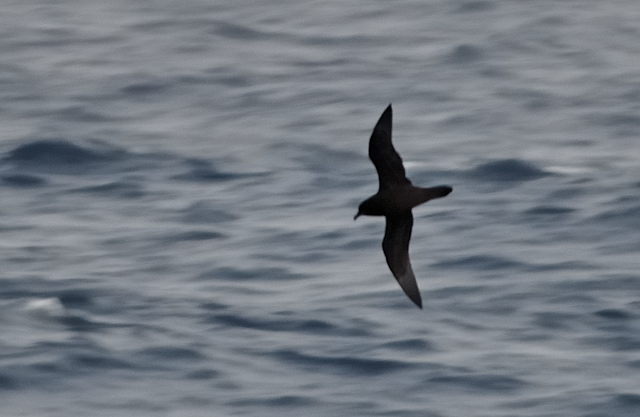
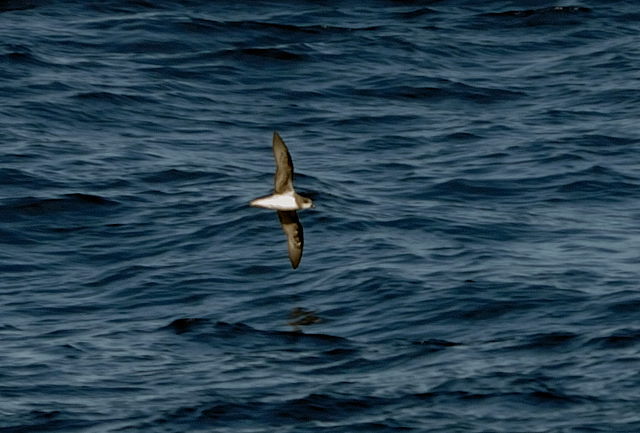
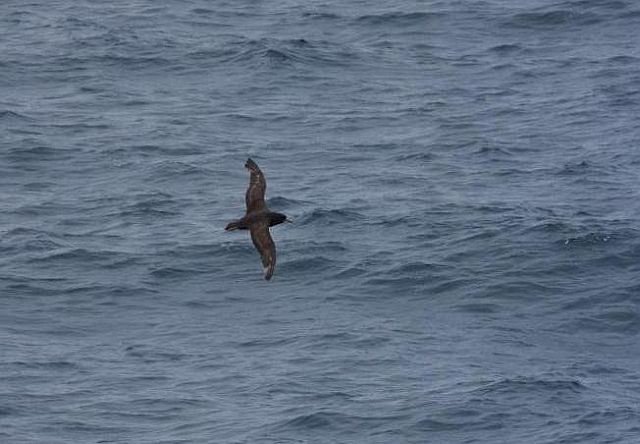
 © Dewi
© Dewi © Dewi
© Dewi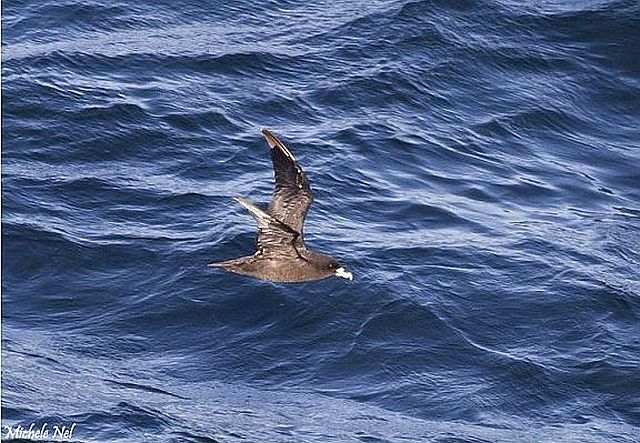 © Michele Nel
© Michele Nel © Michele Nel
© Michele Nel